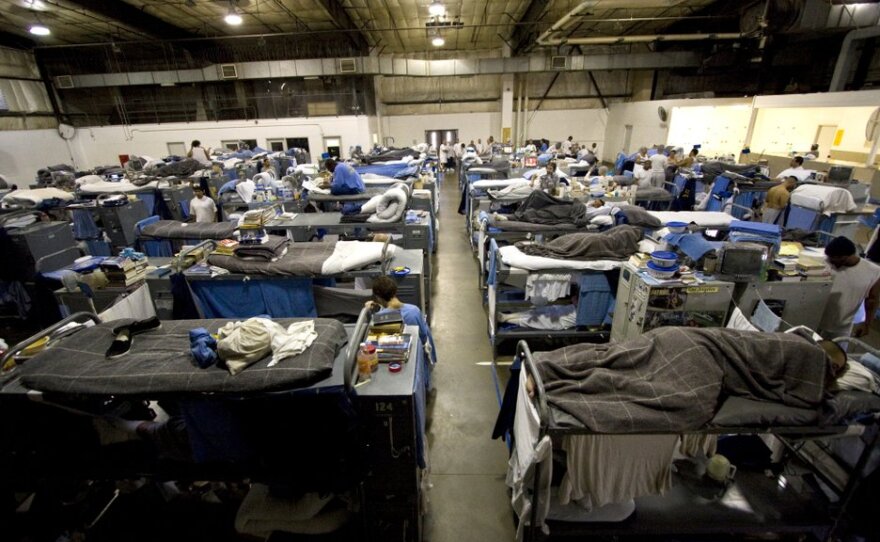The state is four years into its program to reduce prison overcrowding by shifting lower-level offenders to county jails and probation, and reducing some sentences. Lawmakers expected fewer people in prison would mean fewer costs, while critics expected a spike in crime.
The nonpartisan Public Policy Institute of California reported this week the opposite has happened. Corrections spending is at an all-time high and crime is at an historic low under Public Safety Realignment. Findings include the following:
Property and violent crime rates are both now below 2011 levels, despite there being 18,000 offenders who would have otherwise been incarcerated on the street.
There has been no significant change in recidivism, or the rate at which offenders are found to re-offend.
California’s 2015–16 corrections spending is budgeted at $10.07 billion, nearly the same as the $10.12 billion spent in 2007–08, when the state had 40,000 more inmates and more than 80,000 more parolees under their supervision than today.
But much of the new spending comes from federally mandated fixes to the prison healthcare system. And SANDAG's lead researcher Cynthia Burke said the statewide analysis doesn't give the full picture. Counties had a lot of flexibility in how they could implement realignment.
"I think it's going to vary from county to county how well they're doing, so I think you're glossing over differences in individual jurisdictions when you talk about the state overall," Burke said. "And I think we're still trying to figure out what's going on when the system itself continues to change."
In 2014, voters passed additional sentencing reforms with Proposition 47. It reduced some drug and property felonies to misdemeanors with lesser sentences to match.
That's why Burke questions the Public Policy Institute's recidivism findings. She said former offenders should be tracked according to the initiative under which they were released. It's something Burke is working on at the local level.
"It's not like the data is canned and ready for analysis," Burke said.
Burke can say that crime is also down in San Diego County. And while public safety expenditures are up since realignment went into effect, there is little change from last year's budget and the state has covered much of the cost.
In a statement the county said "(We) have continued to hold offenders accountable and provide rehabilitative services while managing within the resources provided by the State. Those resources rely on sales tax receipts and are dependent on overall economic conditions."
Much of the state funding has gone to a Community Transition Center and in-custody services to help newly released individuals get on their feet and avoid committing new crimes.
The county — and maybe the state, Burke said — has reason to believe its strategy will result in savings down the line.
A program focused on reducing recidivism through similar in-custody services saved the county $10 million between 2007 and 2012.







